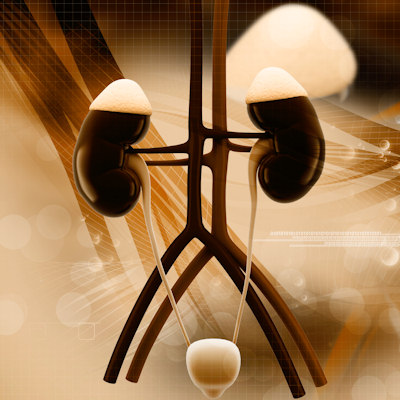November 1, 2022 -- Researchers at the University of Pittsburgh and Carnegie Mellon University have shown that with-no-lysine (WNK) kinases activate a "switch" to restore cell volume after exposure to an external stressor, such as high levels of salt or sugar, and in the process say they have solved a decades-old mystery that has implications for human health.
Cells can decrease in volume in response to external stressors, only to later restore their volume. In the 1990s, researchers speculated that cells restore their volume after detecting increased concentrations of proteins within their membranes but the mechanism they use to sense the change was unknown. The discovery of WNK kinases revealed an enzyme that may be involved in the process but the mechanism remained unclear.
In an October 31 study published in the journal Cell, researchers provided a major piece to the puzzle. Senior author Dr. Arohan Subramanya, associate professor in the renal-electrolyte division at Pitt's School of Medicine and staff physician at VA Pittsburgh Healthcare System, explained the discovery that WNK kinases activate the "switch" that returns cell volume to equilibrium through a process called phase separation.
"The inside of a cell contains cytosol, and generally people think that this cytosol is diffuse, with all kinds of molecules floating around in a perfectly mixed solution. But there has been this paradigm shift in our thinking of how cytosol works. It's really like an emulsion with a bunch of little, tiny protein clusters and droplets, and then when a stress such as overcrowding happens, they come together into big droplets that you can often see with a microscope," Subramanya said in a statement.
According to the researchers, phase separation happens when WNKs condense into droplets along with the molecules that activate the cell's salt transporters. The condensation process allows the cell to bring in ions and water, thereby returning it to its original volume within seconds. Other researchers have said that phase separation is not physiologically relevant, arguing it is seen in test tubes rather than healthy cells, but the authors of the Cell paper have built up a body of evidence to support their position.
"There's a lot of people out there who don't believe phase separation is physiologically relevant," said Dr. Cary Boyd-Shiwarski, PhD, assistant professor in the Renal-Electrolyte Division at Pitt's School of Medicine. "They think it's something that happens in a test tube when you overexpress proteins or occurs as a pathological process but doesn't really happen in normal healthy cells."
The team now wants to explore the connections between WNKs, phase separation, and human health. Other WNKs form specialized condensates through phase separation, called WNK bodies, to activate salt transport within kidney tubule cells when potassium levels are low. Because modern western diets can be low in potassium, the attempt to regulate cell volume via WNK bodies may contribute to salt-sensitive hypertension. Exploring the links could yield insights into how to prevent strokes, high blood pressure, and potassium balance disorders.
Copyright © 2022 scienceboard.net








